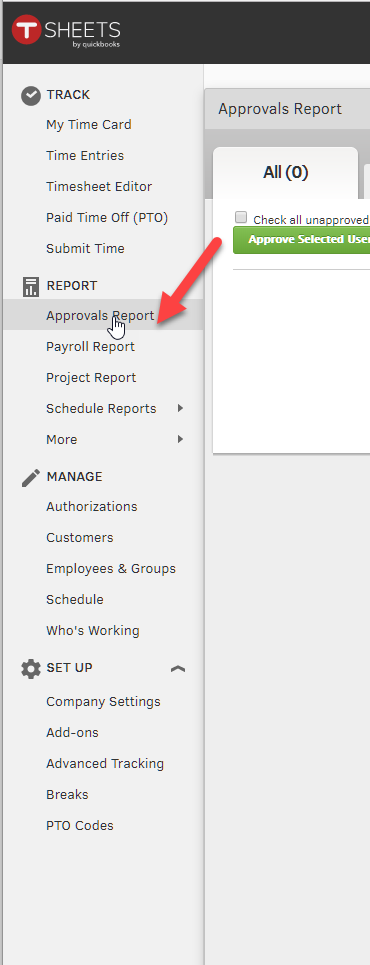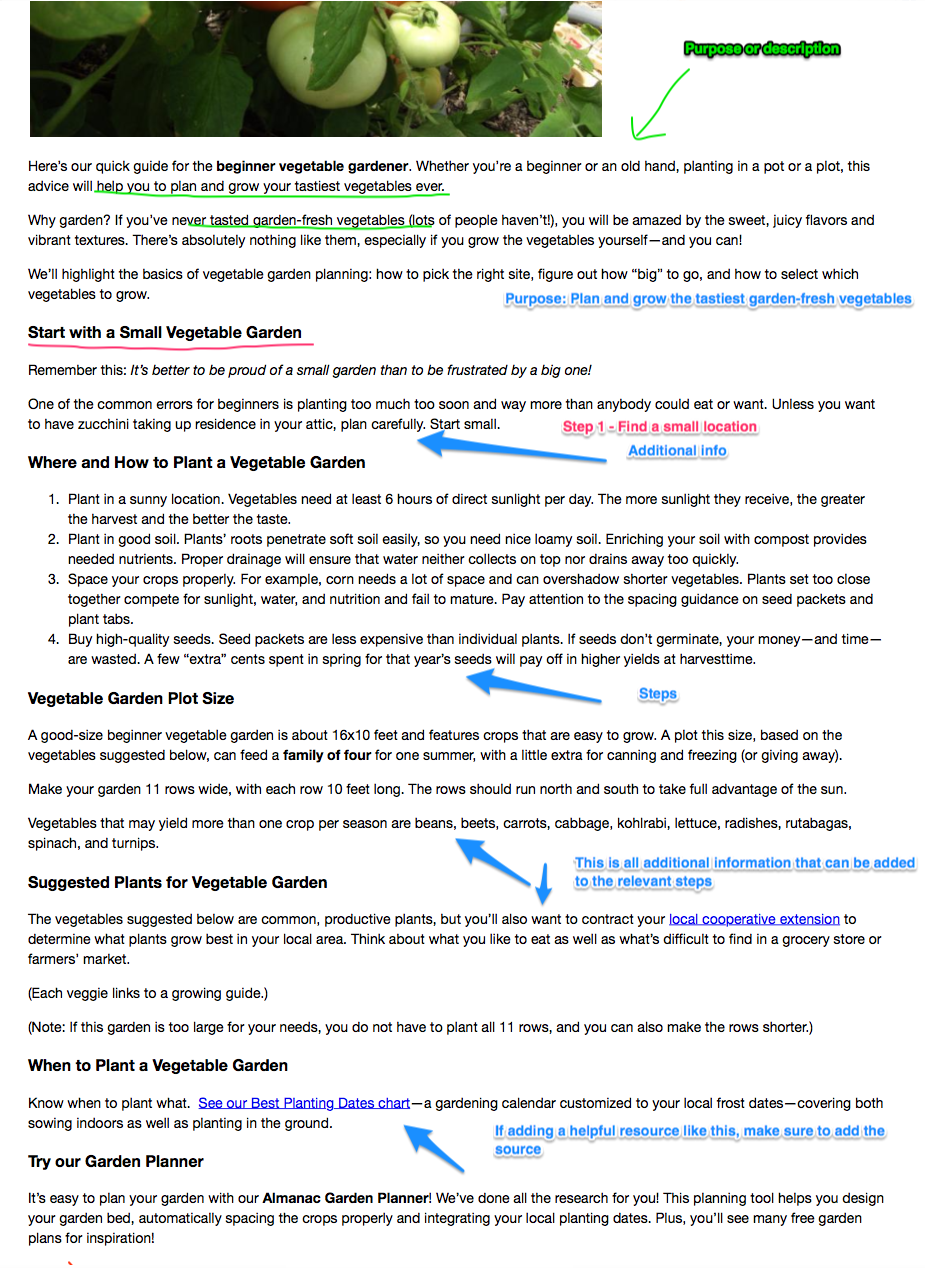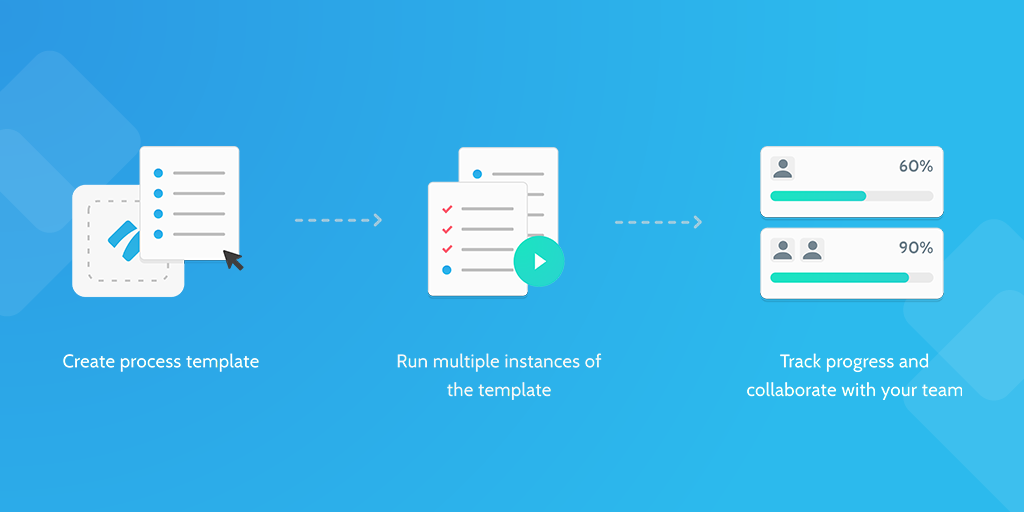Customer feedback is “input relayed from your customers about their experience and satisfaction levels regarding your product or service” - Intercom
It’s important to analyze all customer feedback because, whilst some may give fairly standard or unremarkable details, some pieces of feedback may contain information that could be a major breakthrough for your business.
Individual feedback analysis provides a company with a view of what it needs to change to increase customer loyalty and reduce the number of customer support cases. To really get to grips with online feedback frameworks, check this article out or try this one.
This Process Street feedback analysis template will allow you to analyze each piece of feedback you receive from your customers and determine the best course of action for dealing with it.
Before you start, you will need to set a few things up.
Individual review feedback analysis set-up
Once you start collecting and analyzing your feedback, you will find that all customer comments - good or bad - will fall into general categories.
Categories could include factors such as the speed of your service, accuracy, courtesy, price, product choice, availability, hours, location, etc..
Sorting feedback into categories will give you an instant snapshot of how your customers view your business and services.
You can use a dedicated database to collect and store the feedback you receive from your customers, or you could simply use a Google sheet.
If you plan to use a Google sheet to store all your feedback, it would be worth following these guidelines to ensure you capture and store the right information:
1. Set up your Google sheet with the following columns:
- Customer's name
- Feedback website
- Date of feedback
- Feedback
- Feedback category
2. Set up a Zapier integration between the review sites you collect feedback from, and your Google sheet. Find out how to do this here. This will automatically update your Google sheet with the feedback that has been left, so it is all collected and stored in one central place.
3. Once your google sheet has been updated with the feedback, you will need to review the feedback you have received. You could add an embed widget into this checklist and copy and paste your google sheet link into it. This will pull through the google sheet you have created and you will be able to see all the feedback you have received.
Process Street is super-powered checklists. It’s the easiest way to manage your recurring tasks, procedures, and workflows.
Create a check list template and run individual checklists for each member of your team. You can check tasks off as you work through them, set deadlines, add approvals, assign tasks, and track each team member's progress.
You can also connect to thousands of Apps through Zapier and automate your workflows even more.






